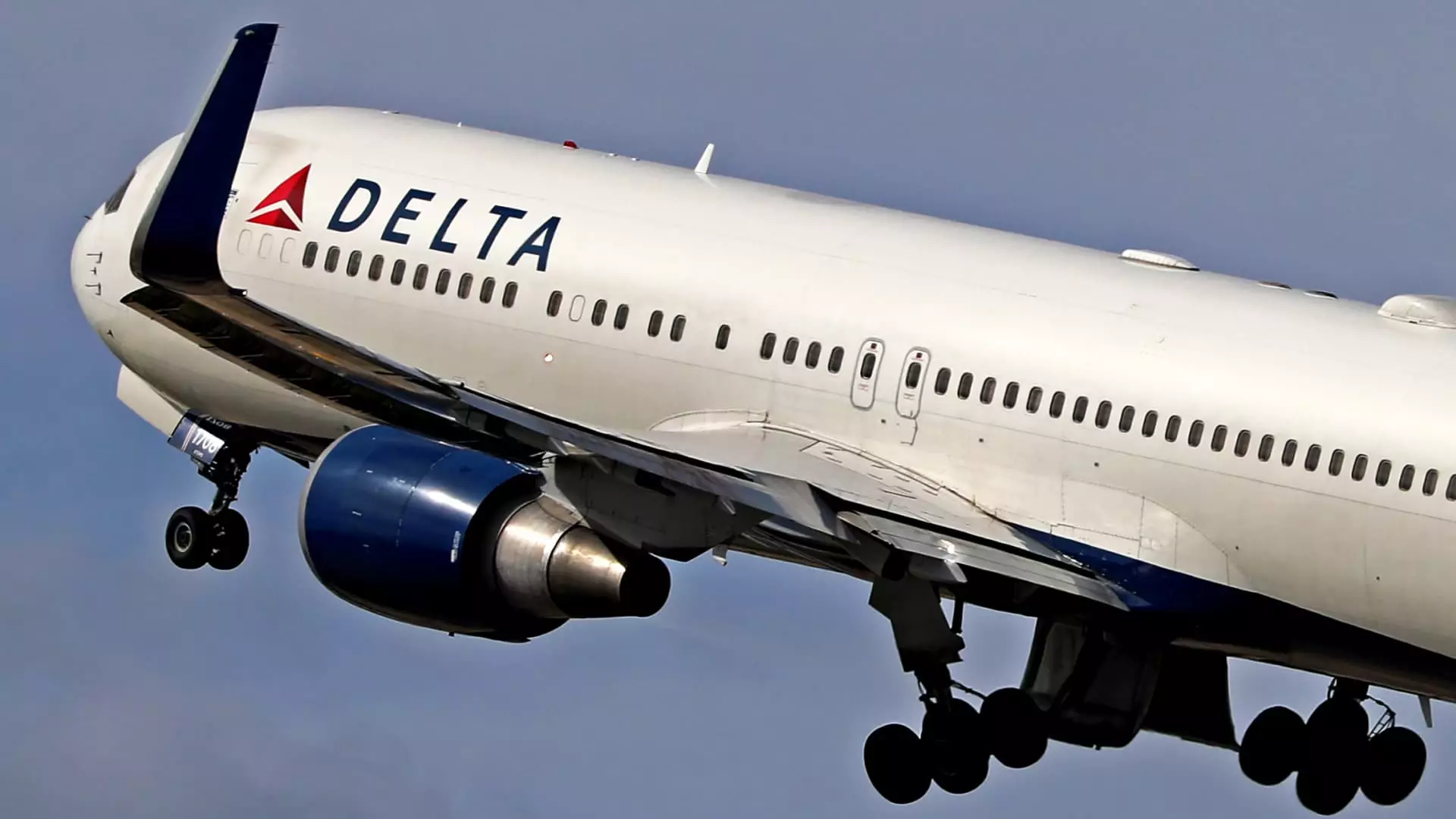The recent plunge in airline stocks paints a bleak picture for one of the economy’s most visible sectors. As consumers grow increasingly hesitant to book flights amid rising tariffs and dwindling confidence, the repercussions have been swift and severe. Major U.S. carriers, such as Delta Air Lines and American Airlines, have witnessed significant declines in their stock prices, triggering fears of an industry-wide crisis. After Jefferies downgraded Delta from a buy to a hold, the airline’s stock valuation took a nosedive. This move raises important questions about the sustainability of an industry that had been enjoying a post-pandemic recovery just a few months ago.
A Cautious Outlook
Delta’s proactive approach to optimize profits through enhanced offerings in its premium cabins and lucrative credit card partnerships is commendable, yet it casts a shadow on the overall health of the airline market. With adjustable forecasts anticipated for 2025, it seems increasingly apparent that airlines may be banking on high-end consumers to buoy their finances. This focus on an elite clientele underscores a troubling dynamic: while a segment of travelers can still afford premium services, a substantial portion is left feeling sidelined by escalating prices.
Industry watchers suggest that the latest earnings reports, including Delta’s looming announcement, will provide clarity or further uncertainty to investors. With other carriers like Southwest and American Airlines also suffering significant declines, the alarm bells are ringing. The reality is clear: airlines that once thrived in a post-pandemic rebound could be teetering on the edge of a downturn.
Market Sentiment and Consumer Behavior
The recent findings from the Bank of America hint at a predominantly bearish sentiment affecting consumer spending habits. The precipitous drop in airline expenditures—7.2%, to be precise—stands in stark contrast to a broader increase in household credit and debit spending. This likely indicates an unsettling trend; as the reputations of airlines become associated with dwindling consumer confidence, people are retreating from travel commitments that once seemed second nature.
It’s fascinating, if not concerning, to consider how external factors—be it fluctuating market conditions, unfavorable weather, or the late Easter holiday—are squeezed through the lens of consumer behavior. The reluctance to book flights may not just be about economic hardships but also a reflection of lifestyle choices and the shifting priorities of today’s discerning traveler.
The Burgeoning Risk of Tariffs
Compounding matters further are looming tariffs that threaten to destabilize air travel even more. The airline industry, long viewed as a bellwether for economic health, finds itself shackled by external pressures that could curtail international travel, which already struggles to recover. The situation paints a grim landscape: while pockets of wealth continue to fuel a premium travel sector, the broader context of uncertainty is likely undermining long-term growth potentials.
This scenario invites skepticism about the strategies implemented by airline executives. Should carriers continue to pursue high-margin passengers while neglecting the wider audience? The answer lies not just in their immediate financials but in their capacity to forecast consumer desires and avoid pitfalls as they navigate market turbulence. While some airlines, like United, may be emerging as outliers with cautious optimism, the overall narrative is fraught with risk and wary consumers. As the dust settles, the need for a more balanced approach to pricing and offerings becomes increasingly vital in maintaining viability in this volatile market.

Leave a Reply